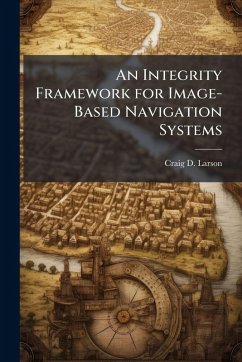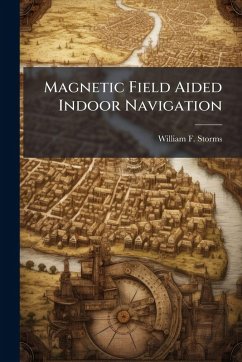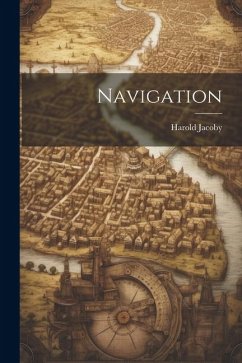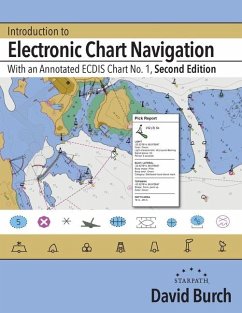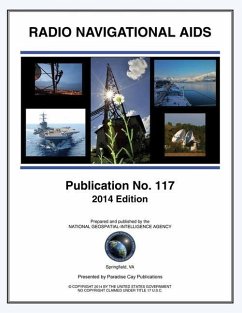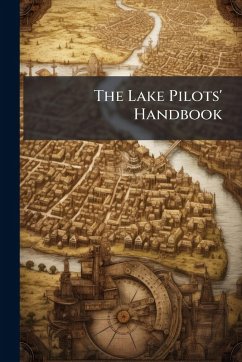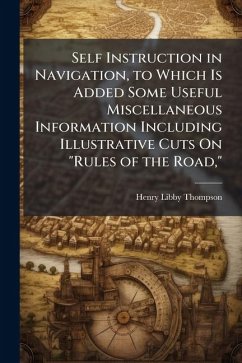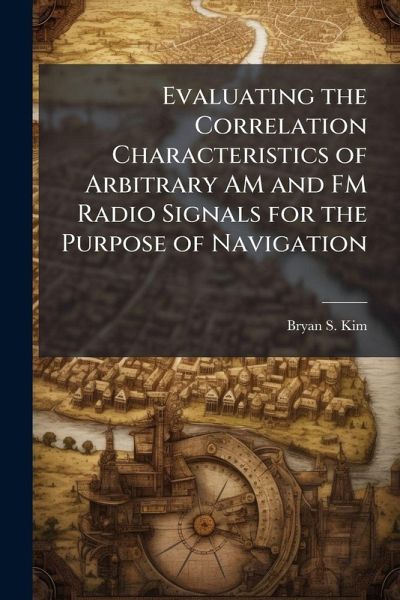
Evaluating the Correlation Characteristics of Arbitrary AM and FM Radio Signals for the Purpose of Navigation
Versandkostenfrei!
Versandfertig in über 4 Wochen
17,99 €
inkl. MwSt.
Weitere Ausgaben:

PAYBACK Punkte
9 °P sammeln!
The Global Positioning System (GPS) provides position estimates on Earth at anytime, anywhere and in any weather. However, GPS requires an unobstructed path to satellite signals. As such, GPS performance generally degrades or becomes non-existent in environments such as large urban areas. This research investigates and analyzes the correlation characteristics of arbitrary AM and FM radio signals for the purpose of navigation. The primary objective of this research is to determine if there is any potential for using AM and FM radio signals in a TDOA-type navigation system. In support of this ob...
The Global Positioning System (GPS) provides position estimates on Earth at anytime, anywhere and in any weather. However, GPS requires an unobstructed path to satellite signals. As such, GPS performance generally degrades or becomes non-existent in environments such as large urban areas. This research investigates and analyzes the correlation characteristics of arbitrary AM and FM radio signals for the purpose of navigation. The primary objective of this research is to determine if there is any potential for using AM and FM radio signals in a TDOA-type navigation system. In support of this objective, two correlation receiver methods are considered with a goal of producing autocorrelation peaks between the received signals of the reference and target receivers. With successful results, hopefully future work can be done with these correlation methods and TDOA navigation techniques. By using a reference signal with known characteristics (i.e., 31-Gold coded wave- form), the integrity of the designed system model is validated by comparing simulated and theoretical results. This work has been selected by scholars as being culturally important, and is part of the knowledge base of civilization as we know it. This work was reproduced from the original artifact, and remains as true to the original work as possible. Therefore, you will see the original copyright references, library stamps (as most of these works have been housed in our most important libraries around the world), and other notations in the work. This work is in the public domain in the United States of America, and possibly other nations. Within the United States, you may freely copy and distribute this work, as no entity (individual or corporate) has a copyright on the body of the work. As a reproduction of a historical artifact, this work may contain missing or blurred pages, poor pictures, errant marks, etc. Scholars believe, and we concur, that this work is important enough to be preserved, reproduced, and made generally available to the public. We appreciate your support of the preservation process, and thank you for being an important part of keeping this knowledge alive and relevant.



